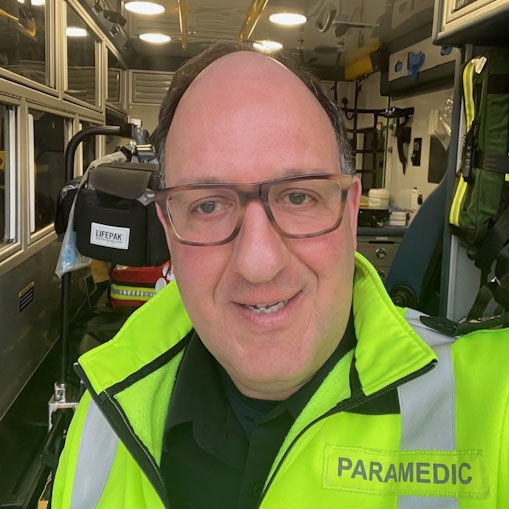
In this special episode, host Zach Cantor is joined by Anthony Iacolucci—both a pediatric respiratory therapist and paramedic—to unpack the challenges of assessing and managing critically ill neonates in the pre-hospital setting. Using the acronym NEO SECRETS, they explore the ten most common causes of neonatal emergencies, providing EMS providers with practical tools, clinical pearls, and essential context.
Sponsored by:



Anthony Iacolucci
Anthony Iacolucci is dually licensed Paramedic and Respiratory Therapist of over 25 years. He has worked clinically with York Paramedic Services as a Paramedic since 2001 and for over a decade as an Instructor in the Paramedic program at Centennial College in Toronto.
In his Respiratory Therapy practice, he works for the Acute Care Transport Services (ACTS) team at SickKids in Toronto as a Transport Clinician where he is one of only a few Canadian Respiratory Therapists to hold a certificate of subspecialty in Neonatal / Paediatric Transport.
ACTS is SickKids’ Neonatal / Paediatric Critical Care Transport Team and his clinical work includes being a transport team lead in the land and air transport of critically ill neonates and paediatric patients locally and internationally. He is also a frequent conference presenter on topics related to the respiratory care and stabilization of neonates.
He can be reached on X @anthony_RRT and on LinkedIn.





Recent Comments